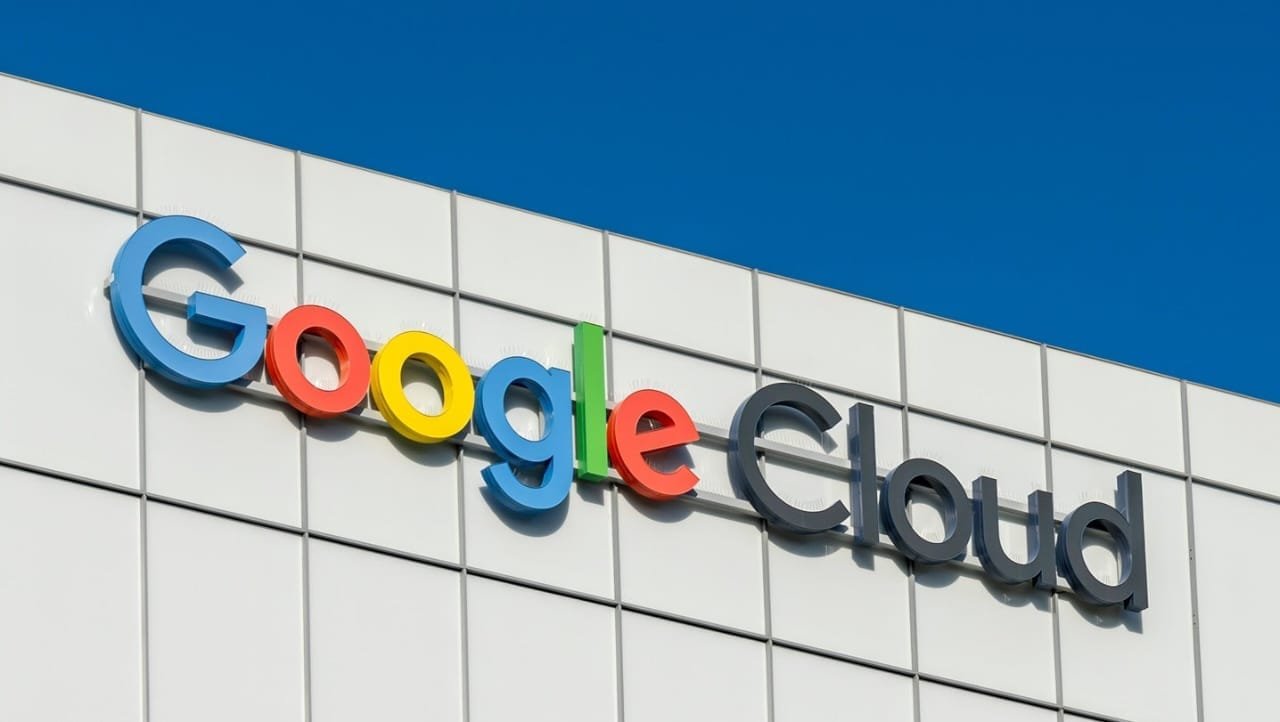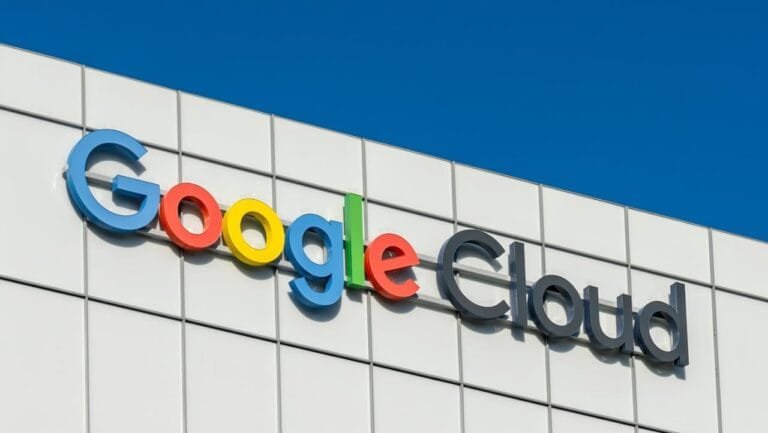
Alphabet’s Google Cloud sees record growth with AI demand and explores brain detection through DeepMind and BrainLLM research.
Introduction
Artificial intelligence (AI) has transformed the tech world Google Cloud was once a lagging platform Now, thanks to AI, it has become Alphabet’s main growth driver. Alphabet is Google’s parent company In this article, we will look at the full details of this transformation We will also discuss AI’s human brain detection capabilities This article is in Hindi We will use simple language We will keep sentences short We will use the active voice. The total word count is approximately 2500 Google Cloud’s growth is dependent on AI. Alphabet recorded record earnings in the third quarter of 2025 The cloud segment grew by 34%. AI demand made this possible We will look at the details further.
Google Cloud’s Beginnings and Challenges
Google Cloud started in 2008 The company launched App Engine It was for developers But Amazon Web Services (AWS) and Microsoft Azure were ahead Google Cloud lagged behind In the 2010s, Google increased investment But market share remained low By 2018, Google Cloud was in third place Revenue was low, and competition was fierc AWS held 32% of the market Azure had 20% Google Cloud had only 8%. The company changed its strategy Thomas Kurian was appointed CEO He arrived in 2019 He expanded the sales team He built partnerships But AI brought the real change.
The Rise of AI and Google Cloud’s Role
AI transformed cloud computing. Companies train AI models This requires powerful computing Google Cloud seized this opportunity Google created Tensor Processing Units (TPUs) These are specialized for AI tasks TPUs are fast and inexpensive Companies prefer them In 2023, the generative AI boom arrived ChatGPT shook the world Google launched Gemini It is a multimodal AI It handles text, images, and videos Gemini is available on Google Cloud The Vertex AI platform also helped Developers create AI apps No coding is required Thousands of companies use it Example: Coca-Cola uses AI for marketing.
Alphabet’s Financial Growth
Alphabet’s Q3 2025 report was amazing Total revenue exceeded $100 billion For the first time Google Cloud earned $11 billion 34% growth More than last year. Despite this, YouTube is no longer in second place Cloud is overtaking it Search is still number one But Cloud is growing rapidly Demand for AI infrastructure is a major reason, and Alphabet’s cloud backlog reached $155 billion A 46% increase This indicates future growth CEO Sundar Pichai said, AI drives our growth to which the stock market reacted positively Alphabet’s shares rose 5%. Investors are betting on AI Google Cloud is now a strength for Alphabet.
Strategic Shifts and Partnerships
Google changed its sales approach It hired industry specialists, focusing on healthcare and finance It offered AI solutions and also partnered with NVIDIA, providing GPU access for AI training Companies like Anthropic and OpenAI use Google Cloud, yet Google DeepMind conducts AI research DeepMind’s models are available on the Cloud This gives a competitive edge In 2025, Google invested in AI startups with a $2 billion fund, benefiting cloud users This creates an ecosystem,
along with challenges and a future outlook Despite growth, there are challenges Competition is fierce AWS and Azure are investing in AI, so Google will have to innovate Energy consumption is a major problem AI data centers consume a lot of electricity Google has created sustainable solutions, using renewable energy The future is bright The AI market will reach $1 trillion by 2030 Google Cloud could capture 20% of the market, according to Pichai The Gemini app reached 650 million downloads.
AI’s Detection of the Human Brain
Now we will talk about AI’s detection of the human brain AI can now read thoughts Scientists decode brain signals It sounds like sci-fi, but it’s real In 2025, researchers created BrainLLM It reads brain activity from fMRI scans and converts thoughts into text It’s better than previous models How does it work? AI recognizes neural patterns from brain scans After training, it decodes thoughts. For example, someone thinks, “I am happy” AI converts this into text Stanford and other universities are also conducting research. AI mimics the human brain, but skeptics say it doesn’t simulate the entire mind. The technology of the AI brain decoder uses AI for brain decoding. Deep learning model. Takes data from fMRI or EEG. Learns patterns, which in one study allowed AI to read thoughts with 80% accuracy. Required minimal training. Reported by Live Science.
Applications and Benefits
This technology is helpful. Paralyzed people can communicate. Typing with thoughts. Like Stephen Hawking. Used in medical diagnosis. Detecting depression. Understanding brain disorders. Also in entertainment. VR games where thoughts control the game. In education. Checking student focus. Improving learning. Along with ethical concerns and risks, privacy is a major issue. Anyone could read thoughts without permission. Governments need to create regulations. The EU AI Act addresses access to the subconscious mind. Misuse is possible. Spying. Manipulation. Society needs to be prepared, and Google DeepMind is involved in this.They study neuroscience They improve AI. AlphaFold predicts protein structures Now, focusing on the brain, AI is not yet perfect. Errors occur The human mind is complex, and AI doesn’t fully understand it.



